Description
AI for Humanitarianism: Fostering Social Change Through Emerging Technologies
Humanitarianism Through Emerging AI — this practical course teaches how artificial intelligence and related technologies deliver scalable, ethical solutions for humanitarian response and social change.
Short Summary
Designed for practitioners, technologists, and changemakers, this course blends theory and hands-on projects to help you design, deploy, and evaluate AI-driven humanitarian solutions. Additionally, you will learn ethics, data governance, and community-centered design to ensure equity and impact. Furthermore, instructors provide real-world case studies so you can apply lessons immediately.
What You’ll Learn
- Foundations of AI, machine learning, and data science for humanitarian contexts.
- Techniques for crisis mapping, needs assessment, and resource optimization.
- Ethical frameworks, bias mitigation, and data privacy best practices.
- Human-centered design methods to engage affected communities effectively.
- Tools and platforms for rapid deployment (model pipelines, edge AI, and low-bandwidth solutions).
- Monitoring, evaluation, and impact measurement for AI interventions.
Course Content & Format
Throughout the course, you will work through modular lessons, video lectures, interactive labs, and peer-reviewed projects. Moreover, each module ends with practical exercises so you can cement skills. Consequently, students build a portfolio-ready capstone that demonstrates real-world impact.
Who This Course Is For
This course fits NGO staff, social entrepreneurs, policy advisors, data scientists, and developers who want to apply technology for social good. However, technology novices with strong humanitarian interest will also benefit from the foundational modules.
Requirements
- Basic familiarity with computing concepts; no advanced coding required (Python basics recommended).
- Access to a laptop and internet connection to complete labs and watch video content.
- A willingness to engage with ethical and community-centered approaches.
Learning Outcomes
By the end of this course, you will design AI solutions that respond to humanitarian needs responsibly. Moreover, you will evaluate trade-offs, implement bias mitigation, and collaborate with stakeholders to maximize positive outcomes. Finally, you will deliver a capstone project that you can present to employers or partners.
About the Publication
This course was authored by experienced humanitarian technologists and AI practitioners. The team combines field experience with technical expertise, and they actively publish open-source toolkits and guidelines. Therefore, you learn from professionals who have implemented solutions in crisis settings around the world.
Explore These Valuable Resources
To supplement the curriculum, we recommend these reputable resources:
- United Nations — official humanitarian and policy resources
- Humanitarian Data Exchange (HDX) — open humanitarian datasets
- Google AI Impact — tools and research for social good
Explore Related Courses
Find additional learning paths and tag-based course collections on our site:
- Explore Related Courses
- Explore Related Courses
- Explore Related Courses
- Explore Related Courses
- Explore Related Courses
SEO & Purchase Info
Course length: Self-paced modules with ~20 hours of video, labs, and projects. Format: Video lessons, downloadable resources, and a graded capstone. Certificate: Completion certificate issued on passing the capstone.
Why Enroll?
Join this course to convert empathy into action. Additionally, you will gain practical skills that employers value. Finally, you will connect with a community focused on ethical, measurable social impact.





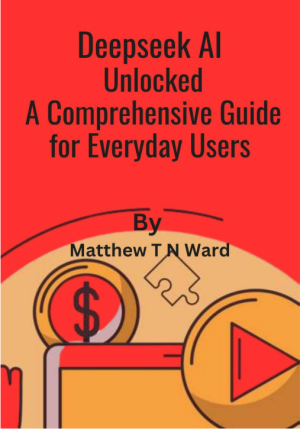
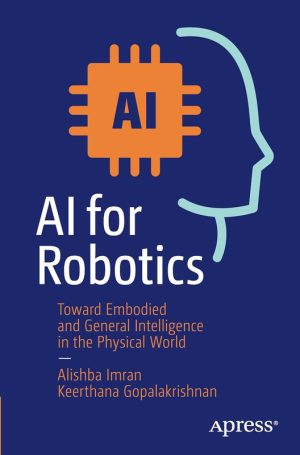


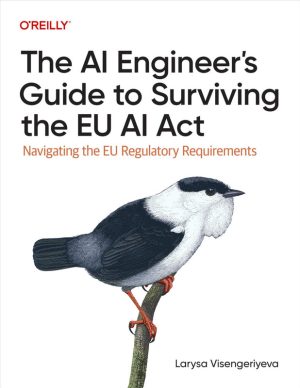
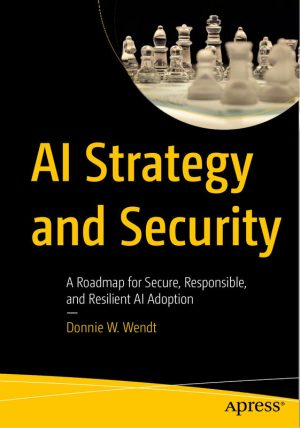
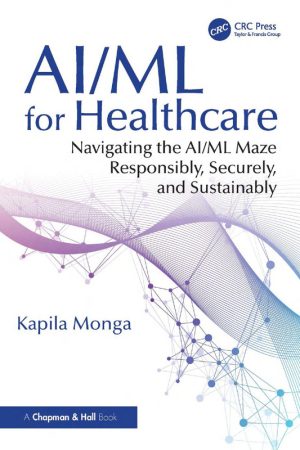


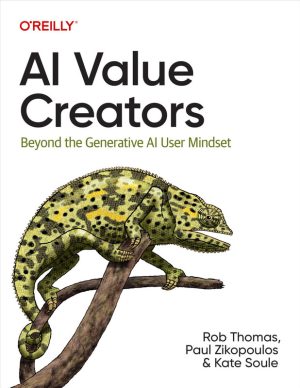



Reviews
There are no reviews yet.